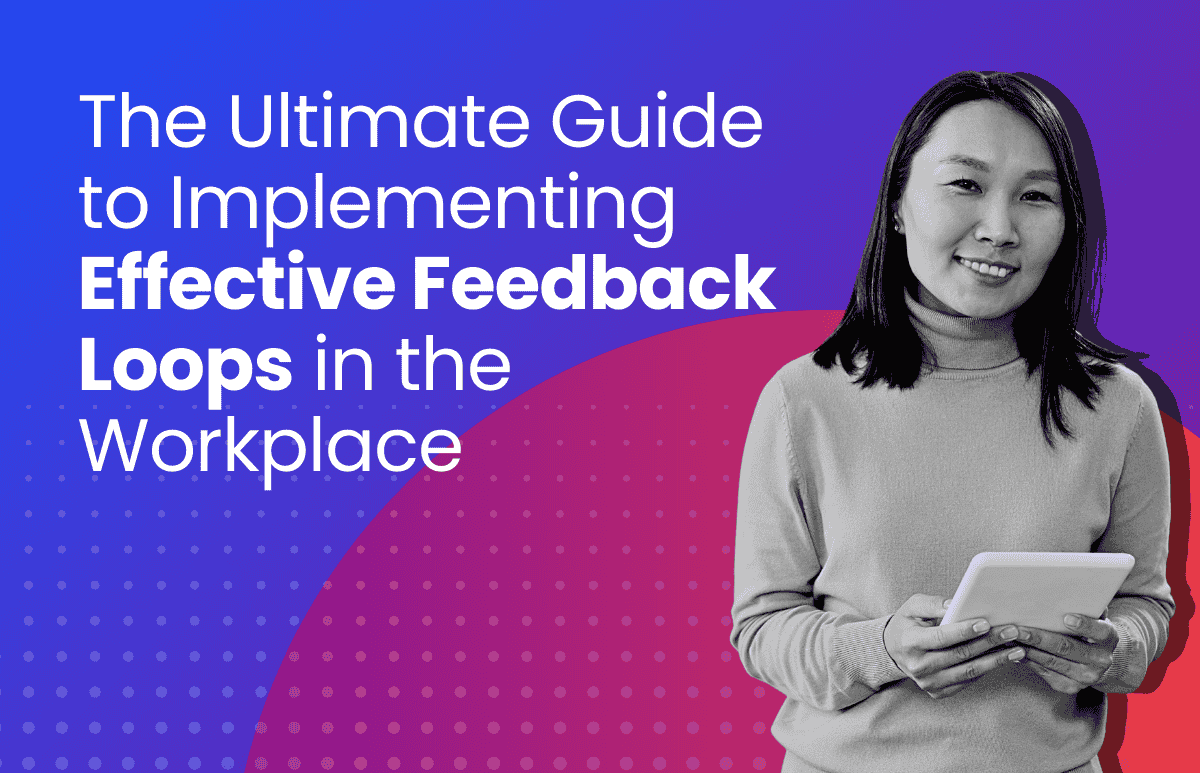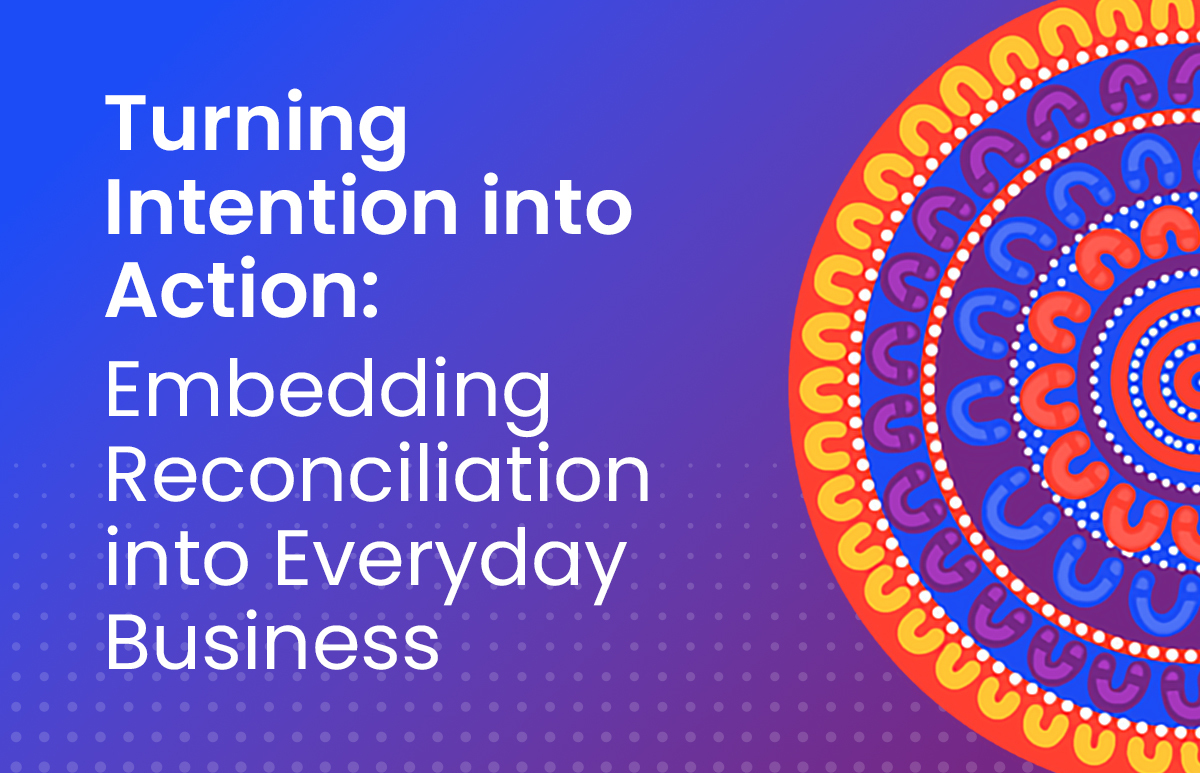Employee Benefits: A Guide to Australian Entitlements
Australia boasts a comprehensive system of employee entitlements designed to protect workers' rights and promote fair working conditions. Understanding these entitlements is crucial for both employers and employees to ensure compliance with the law and foster a positive work environment.

A SEEK study found that 82% of Aussie employees value good benefits enough to stay with their company. This demonstrates the immense impact that employee benefits have on talent attraction and retention in today’s competitive job market.
But the benefits extend far beyond simply keeping employees on board. Strong benefits packages increase employee engagement by 65% and job satisfaction by 40%, Gallup research reveals. This translates into tangible business outcomes, with a 25% increase in productivity and a 15% decrease in absence.
In Australia, the benefits landscape is diverse, encompassing both mandatory entitlements and a variety of employer-sponsored offerings. The Fair Work Ombudsman outlines essential employee entitlements, including:
- Minimum wages: Set annually by the Fair Work Commission, ensuring a basic standard of living for all employees.
- Leave entitlements: Paid annual leave, personal/carer’s leave, and sick leave, allowing employees to rest and recharge.
- Long service leave: Awarded after a certain period of service with an employer.
- Superannuation: A mandatory employer contribution of 11% of each employee’s salary towards their retirement fund.
- Workers’ compensation insurance: Providing financial protection in case of work-related injuries or illnesses.
What does it mean to be entitled to benefits?
Being entitled to benefits means employee have the legal right to receive certain advantages or payments, typically from an employer or government. These benefits can include paid leave, health insurance, retirement contributions, or unemployment compensation, among others. This entitlement is usually based on factors like employment status, hours worked, or specific life events.
What are the types of employee benefits
Financial security benefits
Financial security is a cornerstone of employee satisfaction and well-being. By offering a robust package of financial security benefits, employers can alleviate employees’ financial anxieties and create a more stable and engaged workforce. Let’s explore some key benefits that can contribute to a financially secure future for your employees:
Retirement plans
Planning for a comfortable retirement is crucial for everyone. Employer-sponsored retirement plans, such as superannuation in Australia, offer valuable tax advantages and potential employer contributions, allowing employees to accumulate wealth over time. Retirement planning is essential for a secure and comfortable future. But with various retirement plans available, choosing the right one can be overwhelming.
Life insurance
Life insurance plans provide peace of mind for both employees and their families. If the worst happens, life insurance can help your loved ones financially. It covers funeral costs, outstanding debts, and everyday expenses for those who depend on you. This can significantly reduce the financial burden on loved ones during a difficult time.
Disability insurance
Protect your income with disability insurance. It’s a safety net in case illness or injury prevents you from working.
This financial safety net protects your income and helps you meet your expenses if you get sick or hurt.
Paid time off
Achieving a healthy work-life balance is crucial for employee well-being and productivity. Time off lets you rest and recover, preventing stress and boosting your overall health. Paid leave also covers personal needs like caring for a sick family member or attending important life events.

Work-life balance benefits
Achieving a healthy work-life balance is crucial for employee well-being, productivity, and overall satisfaction. By offering flexible work options, employers show they value their employees’ lives both inside and outside of work. Let’s explore some key benefits that can contribute to a more balanced and fulfilling life for your workforce:
Flexible work arrangements
In today’s dynamic world, flexibility is key. Remote working or working from home, setting flexible hours, or compressing your workweek lets you adjust your schedule to fit your life. This can significantly improve work-life balance, reduce stress, and enhance overall well-being. Flexible work arrangements can enhance productivity and appeal to top talent seeking autonomy and control over their schedules.
Child care assistance
For working parents, juggling childcare responsibilities with professional commitments can be a constant challenge. Child Care assistance programs employers offer can significantly ease this burden. These programs can help parents with the cost of childcare, freeing them to focus on their work without worry. This can lead to improved employee morale, reduced stress levels, and increased productivity.
Parental leave
The arrival of a new child is a momentous occasion and a significant life transition. New parents need time. Time to bond with their little one, adjust to parenthood, and manage their new responsibilities. That’s where parental leave comes in, offering a precious break from work without the pressure to return too soon.
This support is more than just a benefit for individual employees. Parental leave makes work better for everyone. It shows the company cares, which makes employees feel valued and more willing to stay.
Mental health programs
Training workshops: Workshops can cover topics like recognizing signs of mental health challenges, promoting positive mental health practices, and supporting colleagues experiencing mental distress.
Information sessions: Lunchtime talks, webinars, or online resources can provide general information about mental health conditions, available support services, and strategies for self-care.
Mental health first aid (MHFA) training: Equips individuals with the skills to identify and offer initial support to someone experiencing a mental health crisis.
Employee Assistance Programs (EAPs): Confidential counseling and support services readily available through telephone, online chat, or face-to-face sessions.
Access to therapists or counselors: Some companies offer on-site or subsidized access to mental health professionals for individual therapy sessions.
Wellness initiatives: Programs promoting healthy eating, physical activity, mindfulness, and other well-being practices through workshops, challenges, or financial incentives.
Flexible work arrangements: Offering options like remote work, flexible hours, or compressed workweeks can help employees manage stress and achieve work-life balance.
Professional development benefits
In the ever-evolving business landscape, continuous learning and professional development are essential for individual and organisational success. Investing in professional development is a powerful way for employers to empower their employees, boost innovation, and drive growth. Let’s explore some key benefits that can ignite professional growth and unlock your employees’ full potential:

Training and Development Programs
Investing in training and development programs demonstrates your commitment to employee growth and fosters a culture of continuous learning. These programs can offer a broad spectrum of learning opportunities, from technical skills training to leadership development workshops. By participating in these programs, employees can acquire new skills, enhance existing ones, and stay current with industry trends. This can lead to increased job satisfaction, improved performance, and greater career flexibility.
Tuition Reimbursement
The ever-increasing cost of higher education can present a significant barrier to professional development. Tuition reimbursement programs can help employees offset the financial burden of pursuing additional education, such as earning a degree or professional certification. When companies invest in employee development, it’s a win-win. Employees gain new skills and opportunities, while the company gets a more qualified and knowledgeable workforce.
Conferences and Events
Attending industry conferences and events offers invaluable networking opportunities and access to cutting-edge knowledge. These events allow employees to interact with industry peers, learn from experts, and discover new trends and technologies. This exposure can spark innovation, inspire creative thinking, and ultimately contribute to the company’s success.
Key takeaways
- Financial Security: Retirement plans, insurance, and paid time off provide peace of mind and stability.
- Work-Life Balance: Flexible arrangements, childcare, parental leave, and more help employees maintain a healthy balance.
- Mental heath programs: Training workshops, information sessions, mental health first aid (MHFA) training, employee assistance programs, access to therapists or counselors.
- Professional Development: Training, tuition reimbursement, conference attendance, and other opportunities empower employees to grow and advance.
By knowing your benefits and using them, you and your company can get the most out of them.
 HR Core
HR Core 









